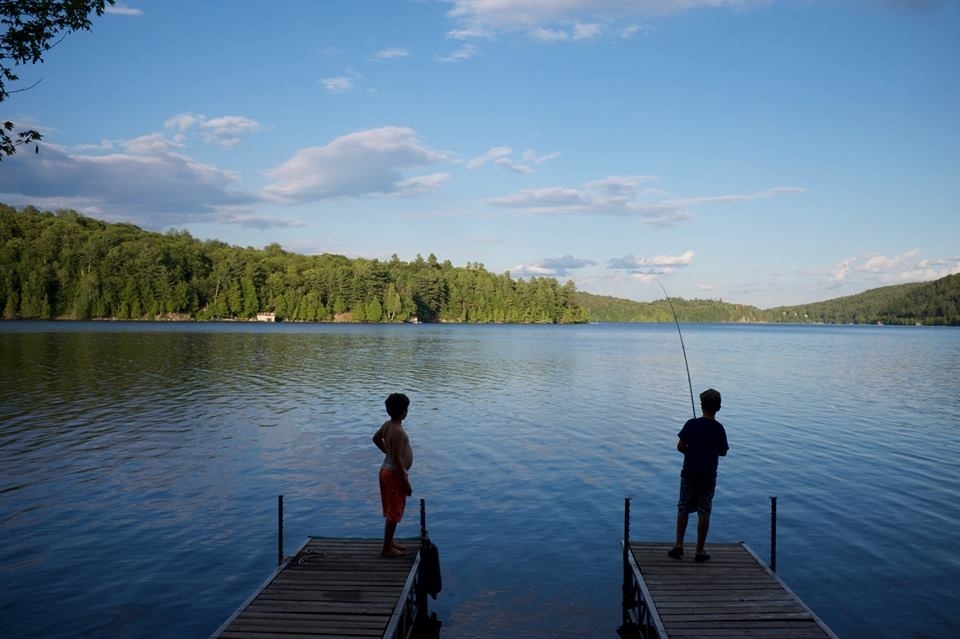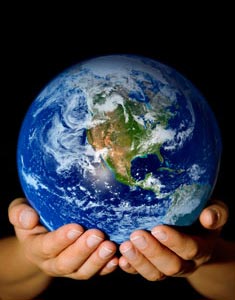
My writings - and those of others.
Teachers
It is quite wonderful to discover an interesting character in a novel and then find that it is based upon the life of a real person. In this case it is Suzanne Simard, who appears in Richard Power’s The Overstory.
What she has discovered after years of forest research, and its dismissal by other scientists, is that trees in a forest, like people, have relationships - and one tree may act as a protector of other younger ones. We can learn from the forest’s wisdom. We know that people use networks; what she has found is that there are similar patterns in the plant world. In the same way that thoughts and feelings are hidden within our unconscious, there are similar ones in the plant world unseen and underground.
I’ll le her speak for herself here:
COP 26 - the Takeaways
These are the key points of agreement after two weeks of COP26 conferring.
Fossil fuels were named in the final report for the first time. The young were furious when language was weakened, but the words were at least used, if watered down. Now that the need to reduce their use is on record, no matter how weakly, a new degree of accountability can begin.
A fund for loss and damage is not included. This, of course is terribly discouraging for those who have been the most damaged by fossil fuel use in the richest countries. Some of them are already under water.
A 1.5 degree target increase still exists - but in a less than adequate way. Projections of actual results based on current realities and the announcement of actual future plans lessen the possibility of it happening.
The timelines for report national results are higher. That, at least, is good news. Most countries want to have good reputations and there are now better methods to separate results from aspirations or as Greta would say, blah, blah, blah.
The young are awake and aware. One hundred thousand of them were present for the conference and many of them were not old white men, but young women of colour. The young are getting older, will have increased influence and they are not going to depart from activism any time soon. Politicians who want to be re-elected need to take note.
All in all, some progress, but there is still a glaring need to speed things up. Let’s hope the young people keep on the case, and inspire the rest of us to support them.
Progress not Perfection
This blog is becoming a site of qualfiers as COP 26 proceeds. Among the recent complaints are too many old white men, so here is a refreshing message from a different cohort.
The young East Indian CEO, Svanicka Balasubranian was watching it from home on her family’s farm, where over several decades, ground water has fallen by more than half resulting in crop failures. She recognizes the frustration of many with lack of progress, but has some wise things to say.
First, when we tell stories we have to stop painting them as black or white and introduce some nuance. Few stories in the media are as glamorous or positive as they sound in terms of generating results. She sympathizes with the young, but at the same time, their dismissal of every effort may not be helpful either.
Second, we have to become more holistic. Favorite agendas can blind us to the strengths of other options. Often the agendas - especially in their marketing efforts - are filled with self-interest. It doesn’t hurt when opposed groups like Nestle and Green Peace actually sit down together and see what they can come up with that might work for both.
Third, the silos long decried in the government and corporate sectors are just as evident in the stakeholders of climate change. There are no single silver bullet solutions, she says, To over-engineer one, may be a waste of time and energy. It is more like a jigsaw puzzle with many pieces needed for completion. What matters is accountability in particular situations. Solutions may indeed be local rather than universal and the point is how much positive small changes can happen.
Small measures can indeed have good consequences. You can see what she says about that in her TED Talk.
Better but faster
I enjoy Fareed Zacharia both in his writing and online hosting - and frequently listen to “Here’s My Take” in his Global Public Square broadcast. Here are some of the highlights of that today re COP26. There is some good news amid all the doom and gloom that too many journalistic reports convey.
100 nations have agreed to reduce methane fuels.by 30% by the year 2030. These emissions have been avoided up to now and they are major polluters.
By that same year, the same 100 will end deforestation and will provide funds to back that up
130 trillion will back up investments to reach net zero emissions of 1.5C by 2050.
The costs of solar and wind power are going down - 89% for solar and 70% for wind. Lithium- iron battery prices are down by 97%.
But we have to do more and speed up our emission reductions. Every aspect of the way we live is affected - the cars we drive, the food we eat, One cow emits 250 pounds of methane a year. We can’t be too scared to act - but we better not be in denial either. Zacharia quotes author John Doerr who makes these points for us as individuals to urge our individual governments to work on:
Decarbonize the electric grid.
Protect nature.
Work with other governments across the world to come up with policies that work - a good example is working together to produce and initiate the use of solar panels.
Follow good examples - like the State of California and Hawaii. Both set goals that were transparent and were open about results.
Most of us want a better world. We need to pay attention and participate as citizens who care and work with our politicians to take action.
Roles
Though all the news is focused on COP26 today, I’m going to back up to an article in the Globe and Mail this past Saturday which has some important implications for all who write and read. Viviane Fairbank, in her essay, An Inconvenient Truth, argues that we have to review what science is and does and how those who write and read about it need to respond.
She starts by looking at the relationship of weather events and climate models, Most of us are aware of weather - especially when it affects us directly. I live in an old apartment building which is too hot indoors and have to check the temperature outside before I leave it because there can be large differences. We also are aware of disasters like heat and fire in Lytton BC, referenced yesterday by the Canadian Prime Minister at the climate conference. Our common understanding of climate is regional or seasonal. The author makes the case that the understanding of scientists and their models is a different one, spurred on exponentially now with the advantages provided by super computers. When they try to connect the two, weather events and climate change - they speculate about event attribution - how changes in climate might have an effect on specific events. They look at long term patterns of 30 years or more and combine findings from land, sea and ice and even more.
Journalists like event attribution because they think it will influence our behaviour. The scientists are less willing to go there quickly, even though they know it can have a positive effect. Not all scientists agree about the models and this is where trouble can start and it relates to the readers’ understanding of science - usually gained from our high school study experience. It showed up as well during COVID19 when changing reports suggested to some that the news must be fake. Any uncertainty around climate change being caused by humans gives opportunities to discredit findings and allows those benefiting from fossil fuels to sow distrust of all science.
Fairbank takes us back to high school. but before that she deals with the question of whether science is seen as objective - an argument we frequently hear. Science itself is in the midst of a battle about that. There is also a danger that we simply accept the science that lines up with our current beliefs. We underestimate the power of tweets. Her estimate is that 25% of the ones denying climate change are produced by bots - software programs that perform automated, repetitive, pre-defined tasks. There are far more transmittals of skepticism that statements by professional scientists. Scientists become conservative in estimates to avoid being harassed with endless questions from journalists. That creates doubt.
Back to high school. We were told that scientists start with a hypothesis and then test it with experiments. If the results were consistent, the hypothesis was confirmed and became fact. Nevertheless scientists work in an explorative fashion. Research often does not produce conclusive results. That doesn’t prove it wrong so much as it reveals the complexity and need for continuous learning. The models have to be as good as possible. What makes the difference is time. If a model is consistent with what happens over a number of decades, it is safe to assume that there is a degree of accuracy. As time goes on there are also many more factors coming into play. Scientists take time to do their work and don’t make public statements lightly. That’s when the deniers pounce.
Fairbank quotes French philosopher of science Bruno Latour on scientific truth - “not by some world shaking fool-proof demonstration, but by the weaving together of thousands of tiny facts, reworked through modeling into a tissue of proofs that draw their robustness from the multiplicity of data, each piece of which remains obviously fragile”. Scientists are not value free. but their choices inform what they study and care about.
Both pandemics and climate change provoke strong reactions. The risks of a pandemic produced very different responses of acceptance and denial - but we learned pretty quickly what the consequences were. Five million deaths worldwide is both shocking and informative and the feedback has come pretty quickly. The risks of climate change are immense but longer term. Thomas Berry understood them well as early as 1978 when he commented, “The destiny of humans cannot be separated from the destiny of Earth.”






